Do you have more herbs than you know what to do with? First of all, congratulations to you and your green thumb! But now, let’s explore how to properly harvest those herbs for their ultimate taste, and how to dry herbs so you can enjoy the fruits of your labour even when the cold has come and your fresh herbs have gone.
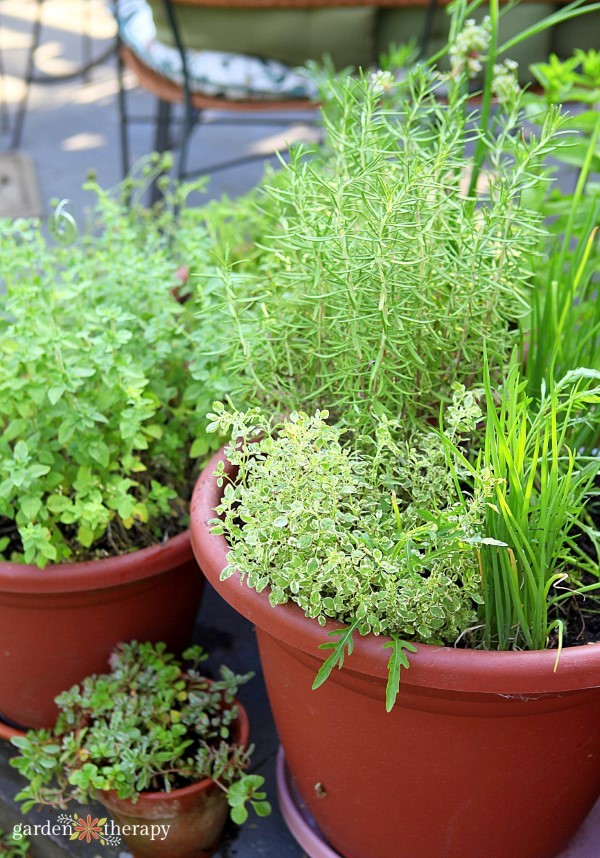
Over the years, my herb garden has only gotten bigger and bigger. I grow herbs to add to my recipes but also to add to my herbal and medicinal recipes. From the leaves to the flowers, many herbs have incredible benefits that you can harness right from your own garden.
When it comes to the taste, I always find that homegrown herbs taste much better than anything bought at the grocery store. They’re guaranteed to be fresh, organic, and a whole lot cheaper over time. Most herbs easily grow from seed and flourish to provide you with more than enough herbs for harvesting. That’s where the drying comes in!
Drying herbs allows you to not let your thriving herbs go to waste. You can snip away and dry whatever herbs you can’t use fresh. This way, you’ll have a stash all throughout the winter that you can use for your recipes and more.
This post will cover…
- How to Harvest Herbs
- Preparing Herbs After Harvest
- How to Dry Fresh Herbs
- Hang Herbs Upside Down
- Air Dry
- Dehydrator
- How To Dry Herbs in the Oven
- How to Store Dried Herbs
- The Best Herbs for Drying
- Thyme
- Oregano
- Sage
- Mint
- Rosemary
- Chamomile
- Basil
- Stevia
- Lemon Balm
- Feverfew
- Borage
- Frequently Asked Questions about Drying and Harvesting Herbs
- More Ways to Preserve Your Garden
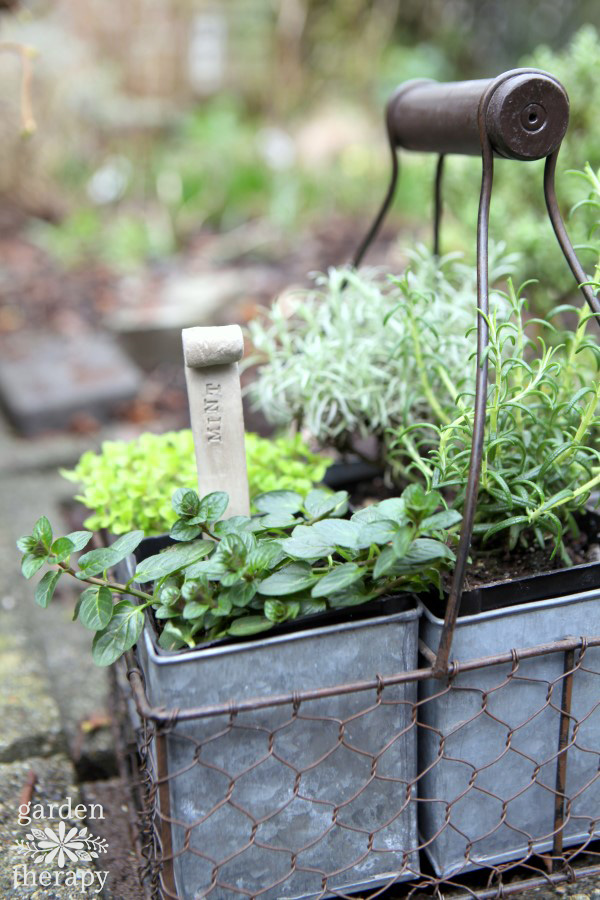
How to Harvest Herbs
Before you begin harvesting herbs, you want to make sure your plant is old enough. It should be able to be cut and continue growing. Annual herbs can be cut by 50% and still recover. Ideally, you want to harvest one-third to ¼ of the top of the plant.
The proper way to harvest herbs for their medicinal properties (as well as culinary purposes) is when they’re at their peak potency. This is when the oils responsible for the aroma and flavour are at their highest. For every plant, that’s going to look different. Research your individual herb to know when it’s at its best.
A general rule of thumb is that plants typically have the most flavour right before the plant blooms. If you see flowers beginning to form on your plant, pinch them back. If it flowers, not only will the flavour decrease, but the leaf production will also go down.
As for the time of the day, always harvest in the morning before the heat has hit. This is when the oils are most volatile and at their highest amounts. Wait for the dew to dry as you don’t want to deal with any extra moisture while drying them.
To harvest, use clean scissors or pruners to cut the stems. Cut just above a node (where leaves meet the stem). This allows the plant to branch out and keep growing. It encourages bushiness in the plant! Always harvest from the top of the plant to promote bushy growth.
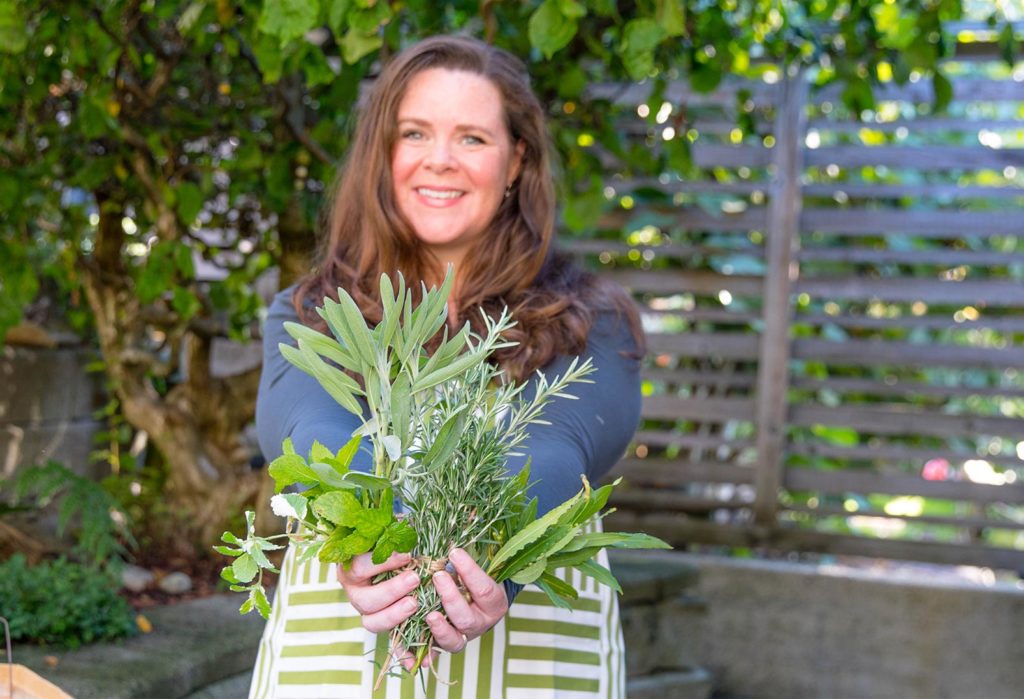
Preparing Herbs After Harvest
After harvesting, don’t wash your herbs. This can promote mould or yeast growth. You only want to harvest herbs that are organic and free from pesticides and herbicides. In this case, the herbs won’t need rinsing and are ready to enjoy immediately.
If your herbs are still slightly wet from watering or dew, you can use a salad spinner to rinse them off. Otherwise, simply shake them and brush them to remove any dirt and debris. Then, you’re ready to dry them!

How to Dry Fresh Herbs
Whether you want a few leaves or want to preserve your whole plant before the season is over, there are a few useful ways to dry herbs. Here’s how to dry herbs easily at home!
Hang Herbs Upside Down
The most traditional method for drying herbs remains one of the most effective and popular ways to quickly preserve lots of herbs. For this method, harvest long stems of the herb. After harvesting, tie the herbs into a bundle with twine. Make sure to tie it tight as the stems can shrink as they dry and lose water.
Hang your bundle upside down in a cool, dry location outside of direct sunlight. Once fully dry, you can remove the leaves by running your fingers from the top to the bottom of the stems. If they’re properly dry, the leaves should come off easily. Sift through the dried leaves to remove any pieces of stem that may have fallen as well.
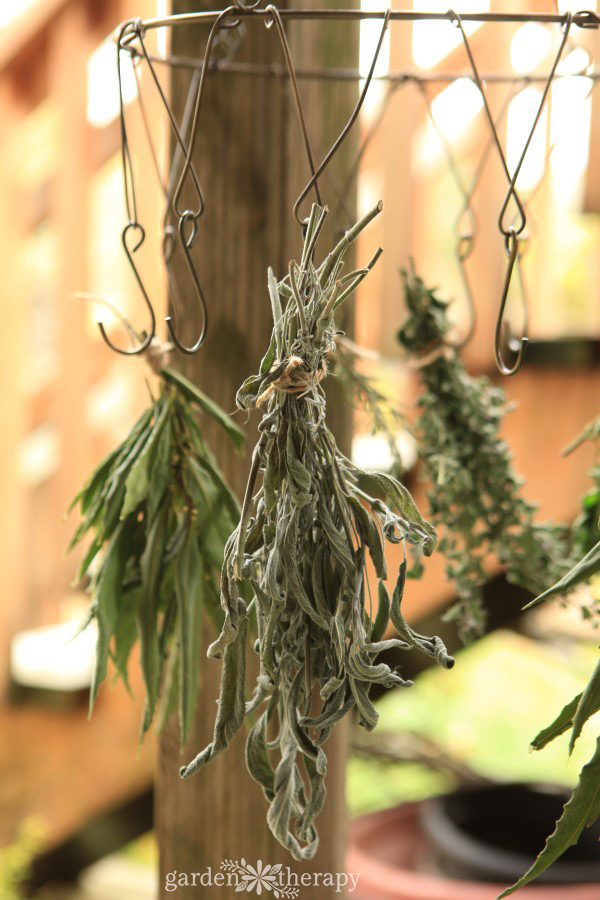
Air Dry
If you don’t have much to dry or want just a few leaves. You can pluck the fresh leaves from your harvested stems and dry them out on a tray. A cookie sheet works great for this. Line it with parchment paper to stop it from sticking to the tray. Spread them out well and let them air dry!
Dehydrator
You can also try using a home dehydrator if you have one! For herbs, add in the mesh insert to stop the leaves from falling through the trays.
Cook the herbs at the lowest setting for 2 to 4 hours. Once done, remove the herbs very carefully. They’re very delicate and can easily fly off or fall through. You want to make sure you collect every last bit of herby goodness.
How To Dry Herbs in the Oven
If you want to quickly dry some herbs but you don’t own a dehydrator, you can use your oven as well. Layout your clean herbs on a baking sheet lined with parchment paper, a silicone mat, or cheesecloth.
Set your own to its lowest setting (about 180°F). The herbs should take around half an hour to dry. You’ll know when they’re ready as they crumble easily and don’t pull when you try to pick them up.
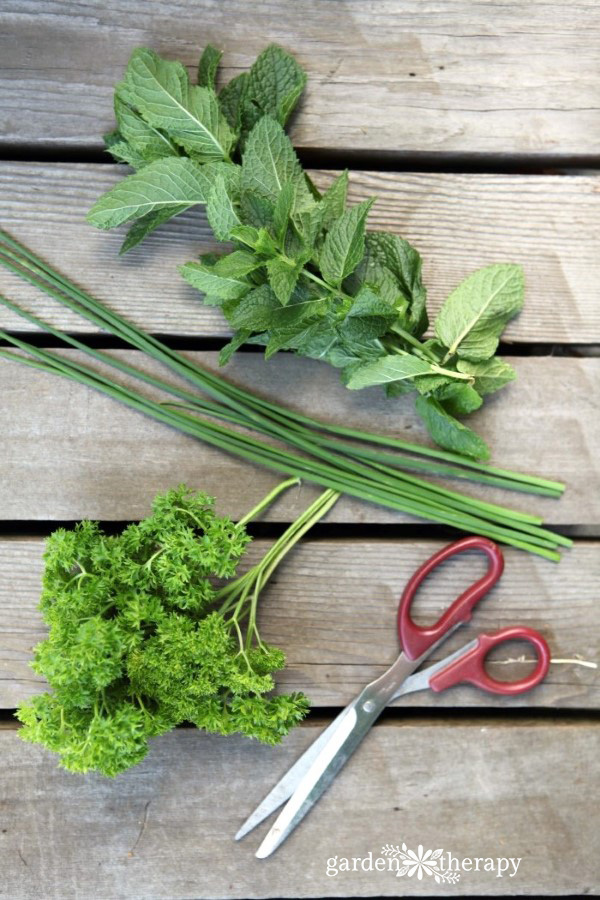
How to Store Dried Herbs
Dried herbs from the store often come in tightly sealed glass jars. You want to store yours in a similar way! Store your dried herbs in an airtight container.
If you want to go the extra mile, place them in a darkly coloured container. This prevents any sunlight from ruining the potency of the herbs. Alternatively, keep them stashed away in a dark cabinet to keep them as fresh as possible.
The dried herbs should keep for a full year until you can begin to harvest fresh herbs again! If harvested and dried correctly, the dried herb should look, taste, and act the same as the fresh herb,
The Best Herbs for Drying
If I listed all the herbs, we’d be here for hours. Instead, here are some of my personal favourites to grow and where you can learn more about growing, harvesting, and drying the herbs.
Thyme
A perennial herb, thyme takes well to being clipped often. It has a pungent, clover flavour and small but fragrant leaves. Besides cooking, it’s a well-known respiratory aid that can help open up the airways to stop coughing, phlegm, and more.
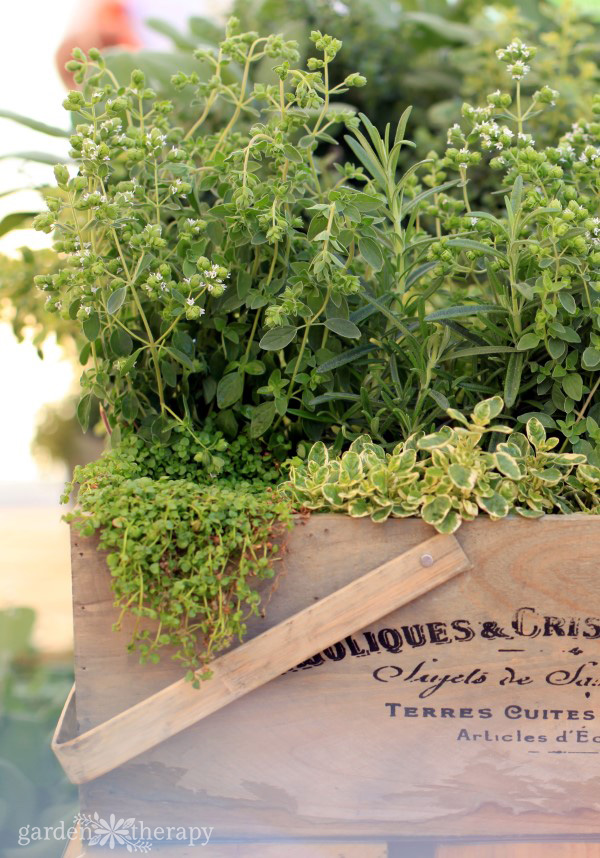
Oregano
You’ll find many Mediterranean dishes calling for dried oregano in their recipes. It’s loaded with antioxidants, fibre, vitamin K, and other minerals. Oregano is also grown for its effective use against bacterial infections thanks to its antibacterial properties.

Sage
A member of the mint family, sage offers incredible flavour to many dishes. It also has a very high nutritional value! Besides cooking, you can use sage for its anti-inflammatory, anti-fungal, and antibacterial properties.
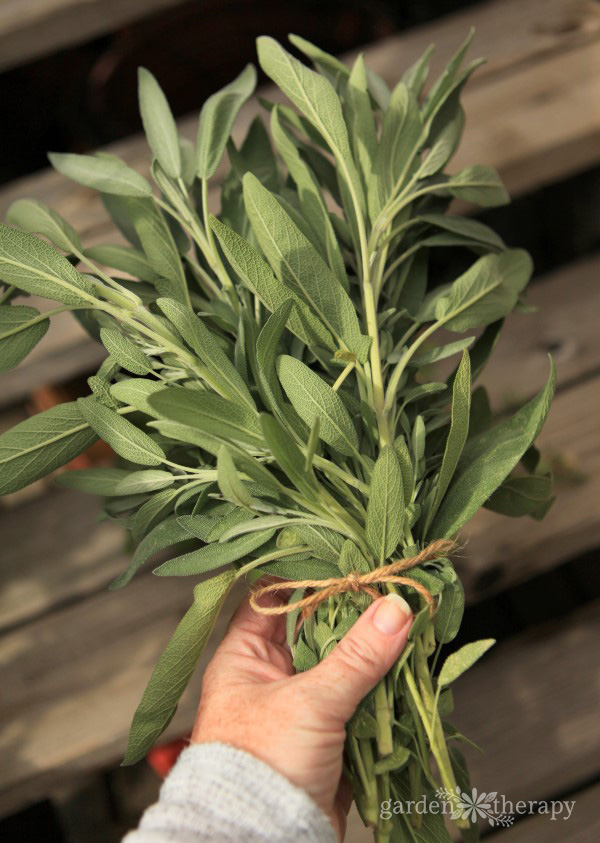
Mint
Everybody loves the taste of mint. Relatively low maintenance, mint thrives in the garden. You can grow it to garnish your drinks and desserts, to add to your beauty recipes, or as a delicious and healing tea.
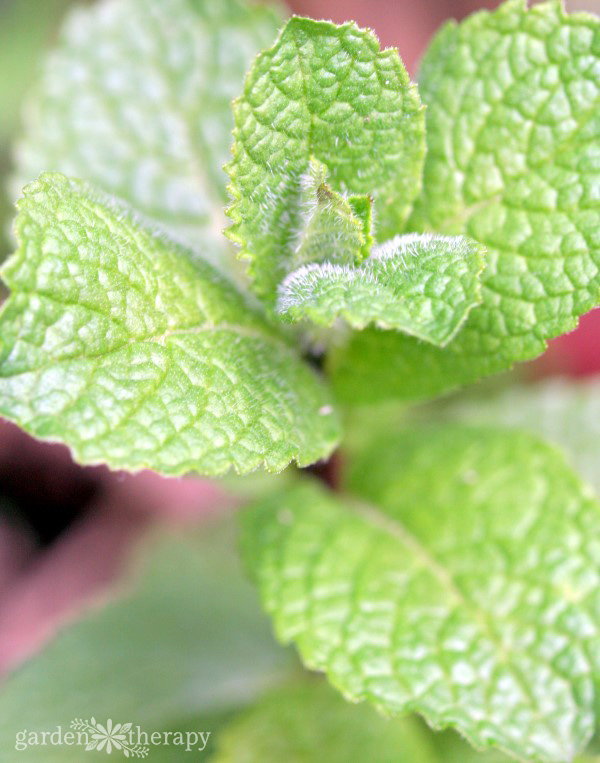
Rosemary
Another popular perennial herb, rosemary has so many wonderful uses. I use the herb a ton in my hair care routine and as a culinary herb for Mediterranean dishes. It’s also natural pest control and deodorizer.
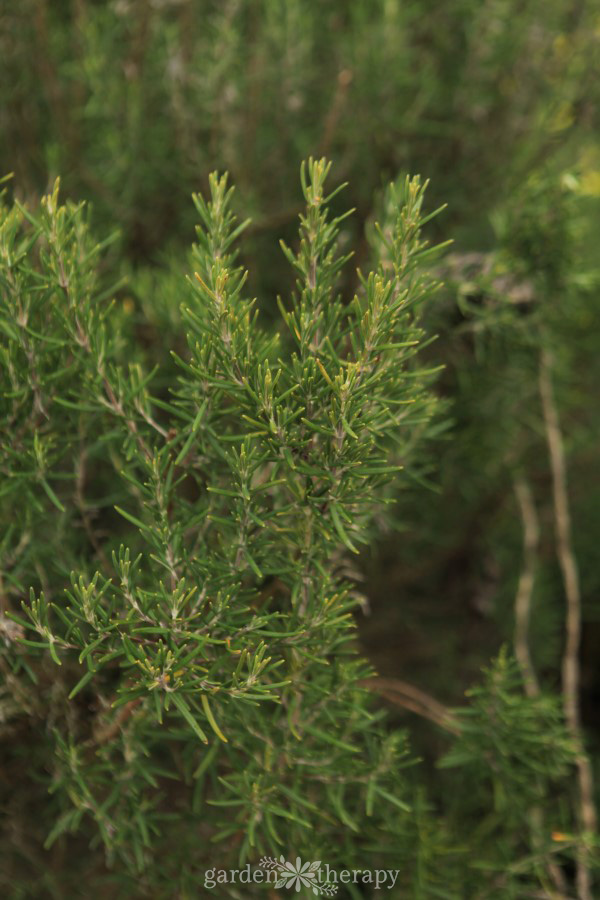
Chamomile
While the flowers are the main attraction for chamomile, the leaves of the plant are also edible and work as tea. It also adds a delicate flavour to dishes fresh or dried.
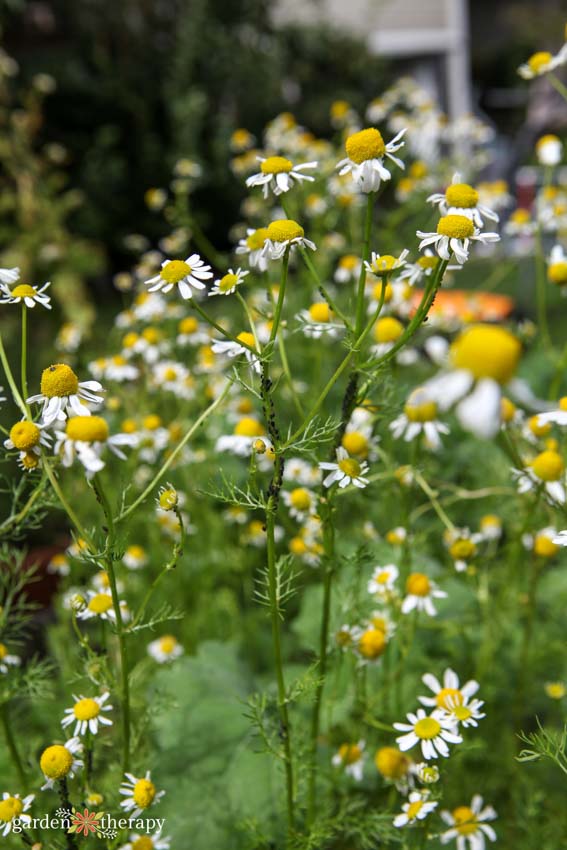
Basil
One of the most popular herbs, basil is an annual herb that tastes wonderful fresh or dried. Basil is known most for cooking as it’s an incredibly fragrant herb that provides plenty of nutrients and antioxidants.
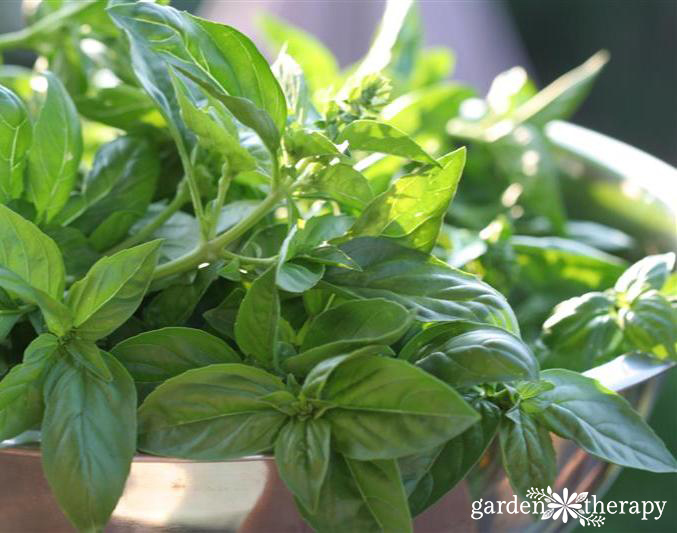
Stevia
People know stevia as a sugar substitute, but the reality of its sweetness goes much further. Approximately, 200 times sweeter than sugar, stevia has a herby taste that works best when used dried from the garden rather than what you’ll find in the store!
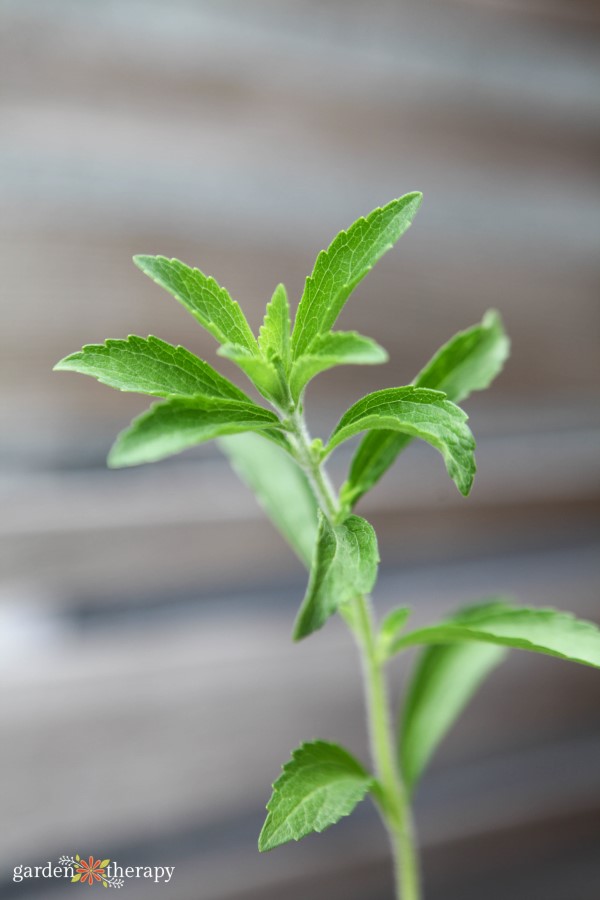
Lemon Balm
A very prolific grower, lemon balm has such a cheery, clean, and lemony scent. I use the leaves to make tea, soap, and even lip balm. Growing it in your garden also means you’ll have plenty of bee visitors pollinating away.

Feverfew
Known as a cheery-looking but not so pleasant-smelling flower, many confuse feverfew for chamomile. A wild medicinal plant, it’s mostly known for relieving migraine severity and its anti-inflammatory properties. It’s easy to grow and use in the garden!

Borage
I love borage thanks to its true blue flowers. Borage flowers are edible and used in many traditional dishes or as garnishes. But you can also grow the plant for borage oil for treating skin conditions or as a companion plant to deter pests.

Frequently Asked Questions about Drying and Harvesting Herbs
I get so many questions about preserving herbs! Here are some of the ones I get the most.
Herbs can be harvested multiple times throughout the growing season. If you properly harvest a plant, it should continue new growth. Harvest every time the leaves reach full size and the plant looks healthy and bushy. You should be able to harvest herbs every few weeks during the peak growing season.
Plants will also slow down their growth after flowering. Never let your herb plant flower and pinch back any potential flower blooms. When doing a large harvest, never harvest more than 1/3 of the plant at a time. Clip at a node to promote bushy and outward growth.
Generally, herbs are best when they have the most oils which are usually right before they’re ready to flower. Ensure the plant has enough growth to handle a trim and keep growing.
In many zones, hardy perennials herbs like rosemary, sage, thyme, oregano, and mint can remain outdoors for the winter and return the next spring. You want to prune the plants all the way to the deadwood on the plant. Use the herbs you just cut and dry them using the methods above.
You can also attempt to overwinter certain annual herbs such as basil, dill, parsley, stevia, chamomile, and more. Ideally, you should use up all your annual herbs and dry them or preserve them by freezing them or infusing them in vinegar.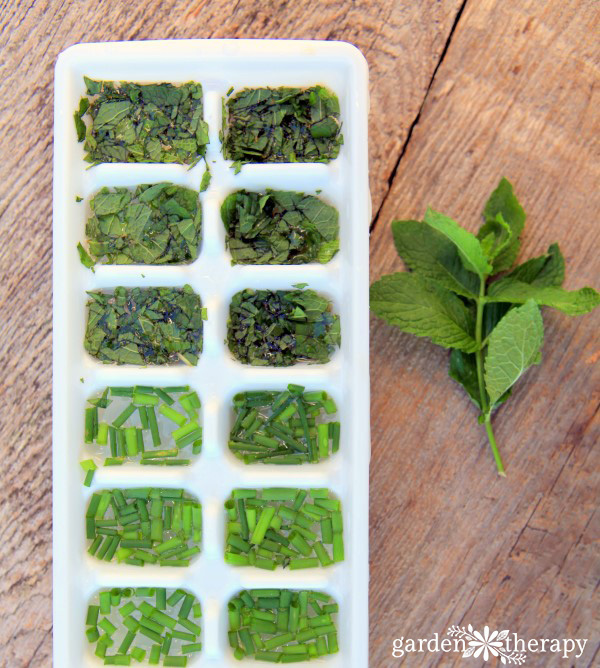
Any delicate, leafy herbs generally lose their flavour when dried. Enjoy these herbs such as parsley, tarragon, and chives when they’re fresh.
If you have any more questions about how to dry herbs, feel free to leave them below! I’ll do my best to answer them and then we can all learn some more about herb drying!

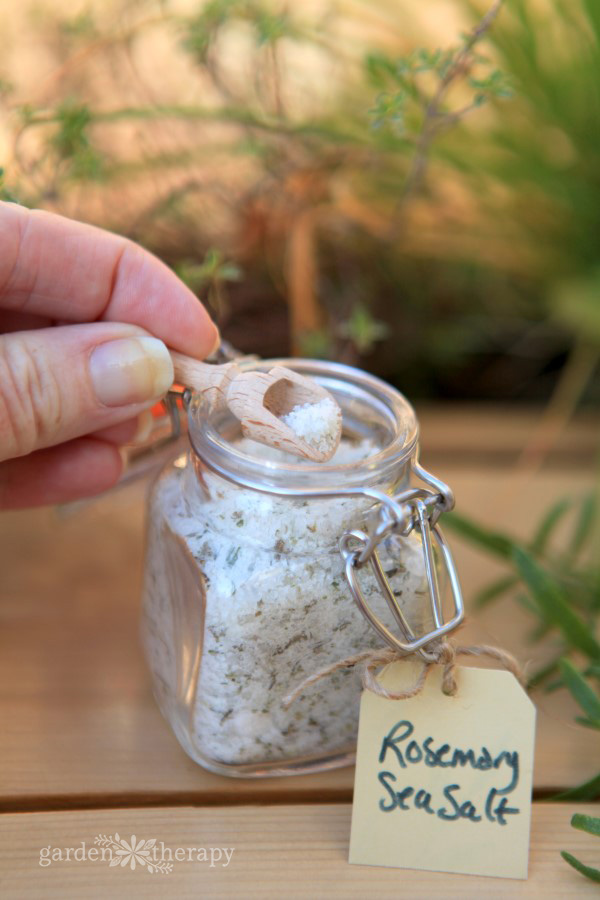
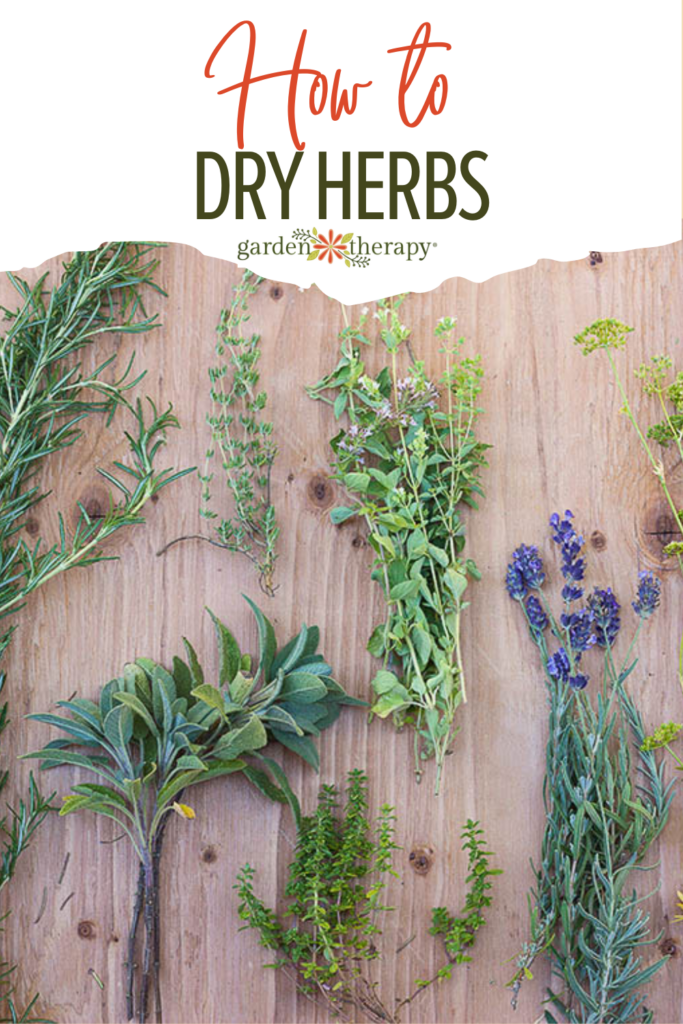



I love these articles!!!! I’ve taken on-line courses for Herbology, but they do not go into such detail as your articles! I tend to be a hands on learner and these articles are specific. Kudos to sharing your knowledge!